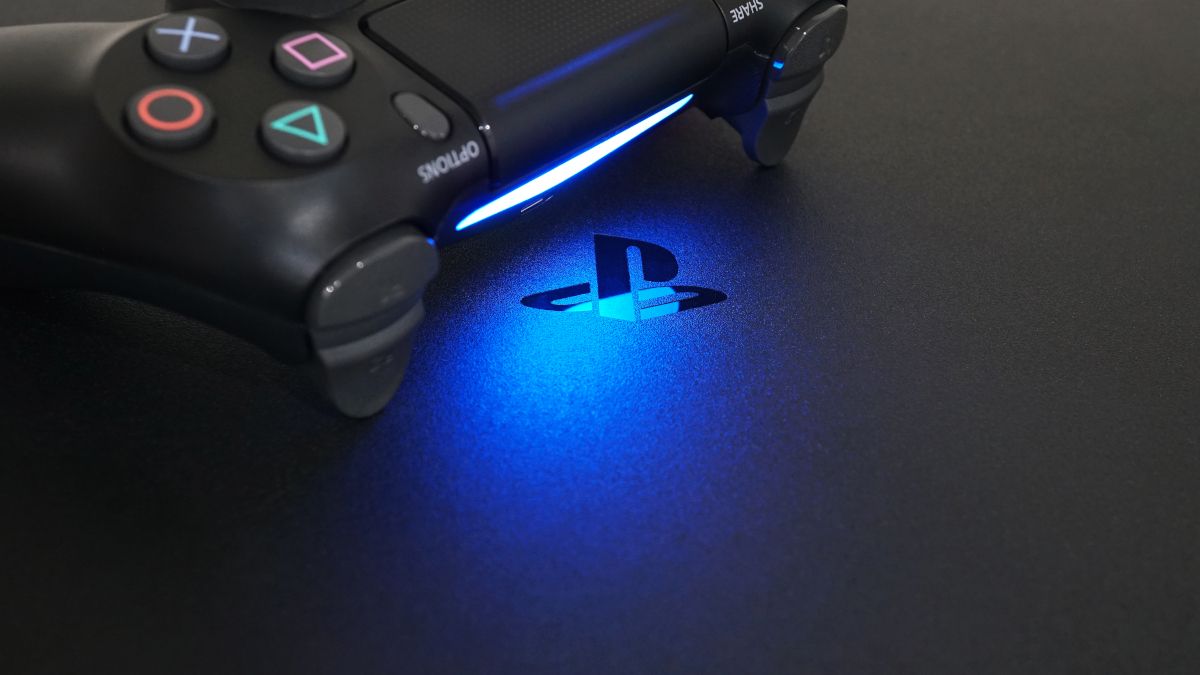The PlayStation 4 is one of the best-selling consoles of all time, but it suffers from some annoying network issues. These can affect the original base console and the updated PS4 Pro and slim revisions released later in 2016.
The Problem With Wi-Fi
Wireless networking is both convenient and unreliable. Wireless technologies are susceptible to interference from competing networks and physical objects can severely impact Wi-Fi penetration.
Routers don't last forever, and a wireless network that occasionally disconnects for no obvious reason may point to a problem with your network hardware. These devices are usually left on for 24 hours a day which produces a lot of heat. Many routers only last a few years before issues arise.
Wireless reception can vary due to a variety of factors. New neighbors setting up a wireless network next door on a competing channel can suddenly introduce interference. Devices like microwaves, Bluetooth speakers, and baby monitors can all contribute. Any device that connects wirelessly to your network can be affected by these problems, including games consoles like the PS4.
Things You Can Try
If your PS4 has just started encountering issues with your Wi-Fi network, the first thing you should do is restart your router by unplugging it from the wall and waiting 30 seconds before plugging it back in. You can also try restarting your PS4 by pressing the PS button on your controller and selecting Power > Restart PS4.
The easiest remedy for a flaky wireless network is to avoid using it altogether. All models of PS4 have a built-in Ethernet adapter, which allows you to wire your console directly to your router. You can do this using an Ethernet cable if the router is close, or consider using a powerline Ethernet adapter if the router is further away (though be aware powerlines can also be problematic).
If wired networking isn't an option, you can try troubleshooting your wireless network to avoid interference from neighbors and other devices. This may involve repositioning the router and changing the wireless channel by analyzing the networks around you using an app like Network Analyzer (iPhone) or Wi-Fi Analyzer (Android).
You might have better luck using a 2.4Ghz wireless band instead of 5Ghz. The original base PS4 (released in 2013) can only connect to 2.4Ghz networks, but the revised slim and PS4 Pro models released in 2016 can choose between the two. 5Ghz networking is faster, but this comes at the cost of range.
To do this on your PS4 Pro or slim, head to Settings > Network > Set Up Internet Connection. Choose "Use Wi-Fi" followed by "Easy" then press the Options button on your controller and select "2.4Ghz" only under Wi-Fi Frequency Bands. This will display only 2.4Ghz networks, which should provide greater range and stability.
Finally, you can try moving the console further away from any devices that may cause interference, like streaming boxes. This is a long shot, and it may be difficult to isolate the PS4 because most TVs will share the same wireless connection.
Solving Other PS4 Networking Problems
The PlayStation 4 family is notorious for network issues, including slow downloads. We've already produced a guide to speeding up PS4 network performance which might be worth a read if your connection is steady but consistently slow.

